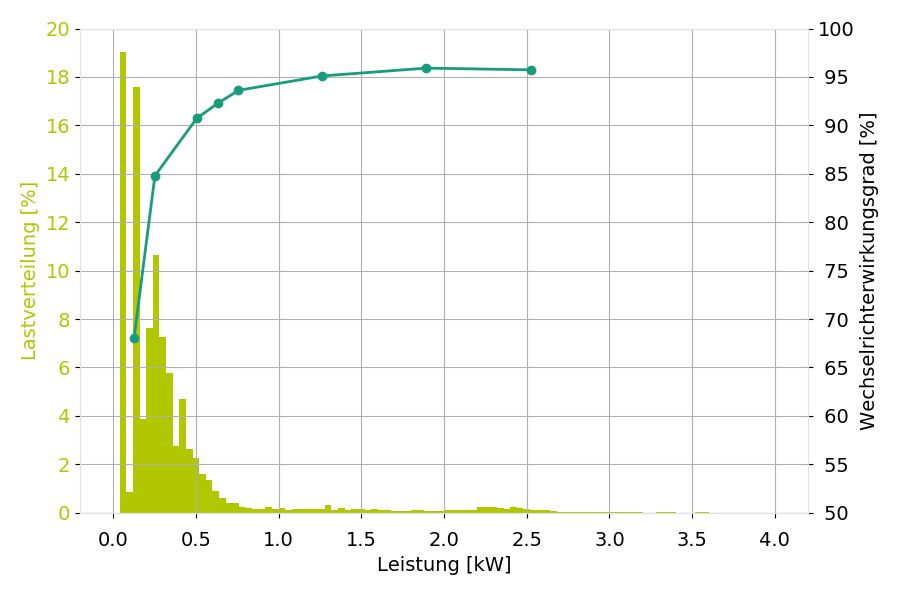| Duration: | January 2018 - June 2020 |
| Contracting Authority/ Sponsors: | 6. Energieforschungsprogramm der Bundesregierung (BMWi) |
| Project Partners: | VARTA Storage GmbH, MSB-Elektronik GmbHHochschule Aalen, |
| Project Focus: |
EDGE – Increasing the Overall Efficiency of Self-Consumption Systems

In the course of the energy transition, energy storage systems are becoming increasingly important. They make it possible to temporarily store the electricity produced locally from renewable resources and provide it at a later point in time. Thus they serve to directly increase self-consumption and may reduce the strain on the electricity grids. Studies show, however, that the efficiency figures in the data sheets can often not achieved in practice or are incomplete and therefore no direct comparison of the systems is possible. [Source: Annual report Speichermonitoring 2016].
The aim of the project is to investigate a technically new approach in the area of self-consumption systems and to implement it in a demonstrator. The focus here is on increasing the efficiency of power electronic conversion during partial-load operation.
The joint project EDGE aims at investigating the discrepancy between theoretical data and practical performance in the field. Within the scope of the project, standard market systems for self-consumption with typical consumption profiles in the private sector will be analyzed and evaluated. Based on the results, a definition of efficiency for storage systems is to be introduced that is not based on the EU efficiency rating, but rather on common household load profiles.
Solutions for optimizing the efficiency of the systems are developed and implemented. In detail, both hardware and software adaptations are addressed. On the hardware side, the work is aimed at the use of new semiconductor materials, core materials, topologies or modulation types that enable better efficiency. At software level, intelligent management algorithms and appropriate standby management are designed to increase efficiency. Special attention is paid to the behavior of the power electronics in the partial-load range and their loss minimization. Overall, efficiency potentials are to be identified and tapped along the entire functional chain (each in optimized interaction with the other functions of the system). The optimized system finally is to be compared and contrasted with a conventional system. At the end, design guidelines for stationary storage in the private sector are derived from this.